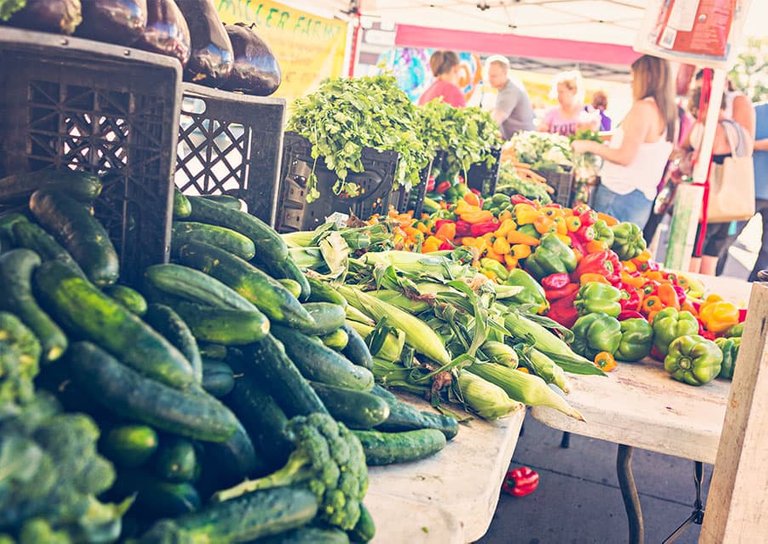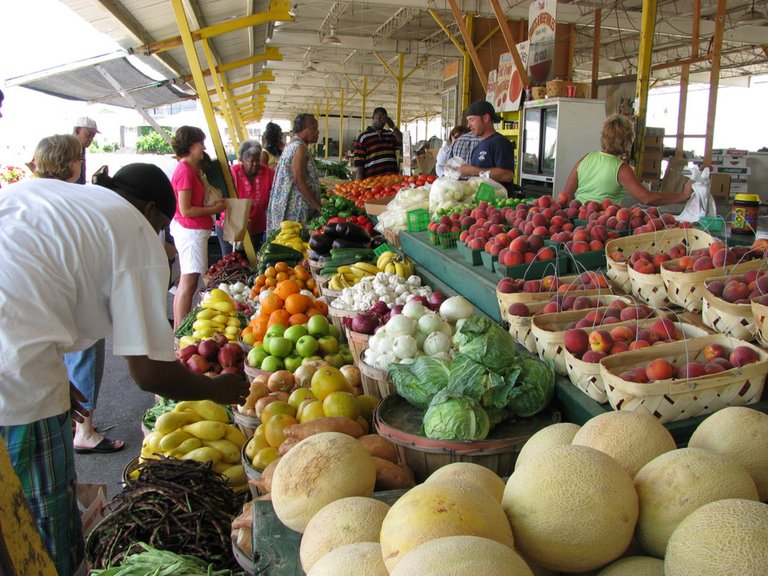According to FAO, current trade liberalization strategies emphasize the need to orient the economy towards exports. In recent years, developing countries have adapted their agricultural policies to the changes associated with the expansion and liberalization of international trade.



▶ In the case of feeding species for meat production, this has been particularly dramatic, since the concentrated feeds that were produced are mostly made with imported inputs and based on cereal seeds that have increased their value several hundred times; in such a way that the rational and economic production of corn for forage purposes could be a viable alternative to reduce feed costs, due to its adaptability, nutritional quality and palatability.

▶ Credits: psmag – [Image of Public Domain]
≕ I invite you to stay tuned and read my next contribution ≔
The genetic improvement of corn for grain production has produced plants with a high efficiency in the translocation of photosynthates from the plant parts to the seed, so it has been possible to obtain plants of low height and reduced leaf area that allows planting a greater number of plants per hectare and thus increase yields.
But the objectives of genetic improvement of maize populations with forage vocation would go in the opposite direction, i.e., tall plants with large leaf area should be produced even if they have low efficiency of photosynthate translocation to the seed, since the plant will be consumed in an integral form.

FAO concludes that a review of selected commodities and country experiences illustrates some issues related to domestic agricultural export strategies and their impact on women's welfare and livelihoods.
NOTE: Reference material.